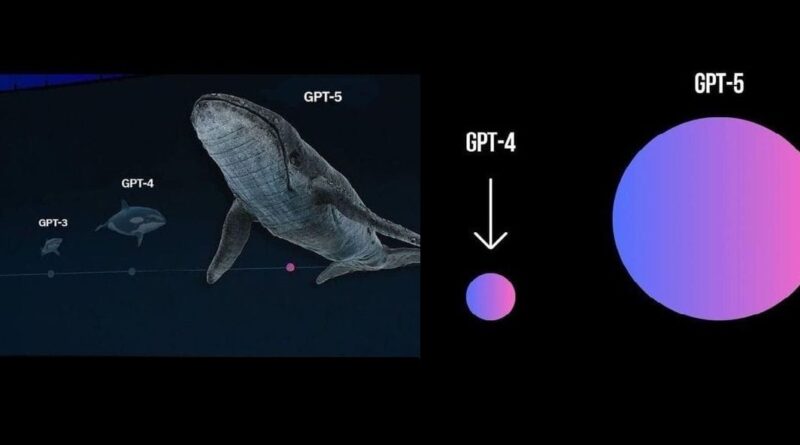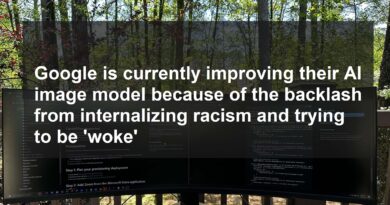The Impact of GPT-5 Multimodal capabilities on NLP
Challenges and future outlook of GPT-5 in NLP
It can confidently be said that the abilities of GPT-5 have started to transform the landscape of natural language processing. This natural language processing model has helped leverage the limits of artificial intelligence (AI) and it has enabled machines to work on numerous tasks that are related to text analysis and information search and retrieval and even basic math computation. The main strength of GPT-5 is its capability of processing a large context window, thus it has the ability to produce a valuable output and also uncover the relationships between multiple words.
Extended Learning Capacity
Because the input for GPT5 are large context windows, it also learns faster than some traditional techniques used in training models. In this aspect, GPT-5 is capable of consuming more words per a time period and on this capacity it is able to learn new information and apply this knowledge effectively. This excess learning capacity proves to be highly effective in certain learning processes, including, but not limited to, determining the relation of words in a given phrase or translating a word from one language to another.
Accuracy and Reliability
The fifth generation of GPT has also an advantage of being accurate and resistant to any errors through its powerful structure. That is why it has high data coherency when it comes to interpretation of inputs and production of meaningful and accurate results. This makes it best to be applied on fields that need accuracy in the end result such as IT with artificial intelligence, financial calculative models, or diagnosis. GPT-5 is also proficient in implementing syntactic aspect to ensure it follows human given commands or instructions appropriately.
Innovative Solutions
In addition to obtaining an adequate response, GPT-5 also makes it possible to obtain an imaginative one. For instance, in a math problem where multiple solutions are possible, GPT-5 will be able to list down the multiple solutions before choosing the best one for the given context. Furthermore, this sophisticated approach can be integrated with other AI-based techniques, including deep or reinforcement learning, to provide the best results.
Illustrations of How GPT-5 is Being Applied in NLP Applications
The advantage of GPT-5 is that it is designed with large context window and can handle a lot of data. These features make it ideal for Natural Language Processing (NLP) programs since it is capable of comprehending and explaining concepts. GPT-5 is capable of solving mathematical problems without any mistake and can produce natural language outputs and answers with profound and insightful information. It can also be used in artificial intelligence based IT environments by providing a mechanism for fast data analysis of large data sets.
Generating Complex Answers
GPT-5 is appropriate for producing elaborate answers to natural language questions since it can train on extensive textual data while considering language details. This feature makes it particularly useful in applications such as medical diagnostics, where prepared answers require intricate and fast response. For instance, GPT-5 may enable the system to respond to patient inquiries regarding their symptoms or treatment plans based on the records stored in a database.
Increasing the Efficiency of IT Solutions through Artificial Intelligence
Another advantage of GPT-5 concerns the intake of large volumes of data, which also indicates that it can be used for improving IT solutions with AI. Using machine learning algorithms on the vast dataset that GPT-5 can handle, IT teams are able to analyze customer behaviors and PNC areas to make better predictions and target more effective marketing platforms.
Creating Natural Language Content
further, GPT-5 is applied by content creators who are in search of new ideas or a way to enhance their work. Using the NLP functionality of GPT-5, one is able to write plausible and interesting texts with minimal time and effort. Moreover, the program’s capability to use human languages to answer inquiries has been convenient for businesses and professionals to generate answers automatically in real-time without having to search each query manually.
Pros and Cons of Multimodal in GPT-5
Through its rich multimodal, GPT-5, the most advanced model of Open AI’s Generative Pre-trained Transformer, has transformed NLP. However, before GPT-5 would become the ultimate AI writing tool, there are still some issues and drawbacks that need to be solved.
Context Windows
One of the issues with GPT-5 for instance is that it performs well when the context window is large enough for the language to make sense. It can understand a particular sentence depending on the amount of context provided before the particular sentence. This makes its application straining where only short context is obtainable such as in chatbots or during searches.
Mathematical Expressions
One of them is that it is not capable of interpreting mathematical expressions and equations. GPT-5 also fails to identify mathematical symbols or equations and this restricts it from working in complex numbers and computations in artificial intelligence banking or data analysis applications.
IT Integration
Lastly, also when implementing GPT-5 into the IT systems, there are some nuances that should be considered. This entails promoting integration between systems and technology and also adopting data security measures with regard to sensitive data. Consequently, despite GPT-5 offering substantial development in NLP features due to its multimodal functionality, there are several drawbacks and issues that have to be considered for the use of this technology in several applications. These challenges have to be considered by companies before they plan on using GPT-5 for their projects in order to be certain that they would derive the most benefit from this highly effective tool.
Exploring GPT-5 and its Multimodal Functions
GPT-5 is a newly released language model that was trained by OpenAI in 2020 and is one of the most powerful models at present. It is derived from the first-generation GPT-3 model, compared to which it has a much larger transformer and context window, providing an unparalleled understanding of language. The most notable aspect of GPT-5, which distinguishes it from other models, is that it is multimodal. This means that it can handle more than text data but also images, audio and many other types of data. It is capable of handling multiple and varying activities for instance, math problem solving and IT aid with the help of AI. The Implication of GPT-5 Multimodal Functionality to NLP Is Multifaceted. NLP as a field has been in existence for many years, and GPT-5 brings this field to a new level by featuring capabilities that people weren’t able to see in this area. Given the increased context window size of GPT-5, as well as the additional multimodal proficiency of the model, NLP tasks such as sentiment analysis are significantly more precise at the present time. Further, the model can establish relations between the objects or entities in the text or image which cannot be detected by a human observer. This has made it easier for machines to grasp finer details of the language that has in the past been hard for machines to see given that they can only see things in isolation of context.




